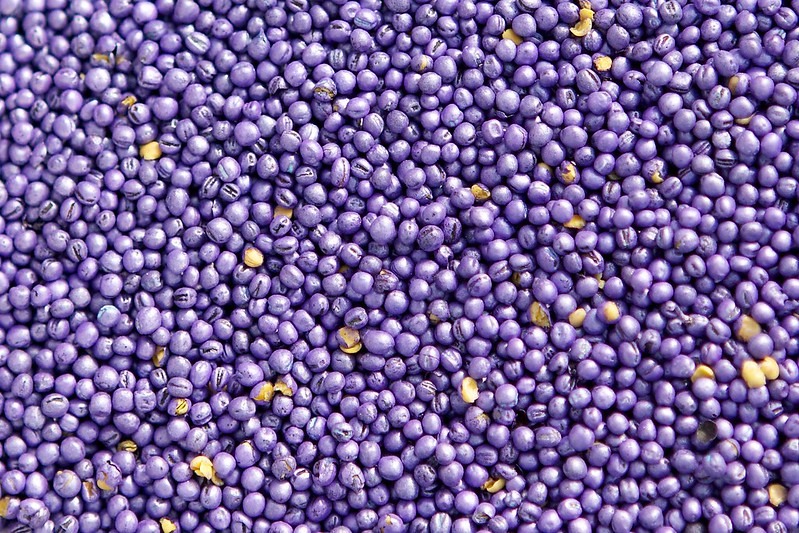
GM/Biotech Crops Report – October 2019
3rd October 2019- GM/Biotech Crops Monthly Reports (BELOW) form part of BCPC’s free three-tier Biotech Crops Info service.
- This service also includes a weekly round-up of news from around the globe – see BCPC Newslink GM Crops section.
- Plus – Free access database on over 300 GM/biotech products covering 23 crops in the global market visit BCPC’s GM/Biotech Crops Manual – Register here for free access.
Already registered? Click here
GM/Biotech Crops Monthly Report October 2019
ALS-resistant sugarbeet launched in UK
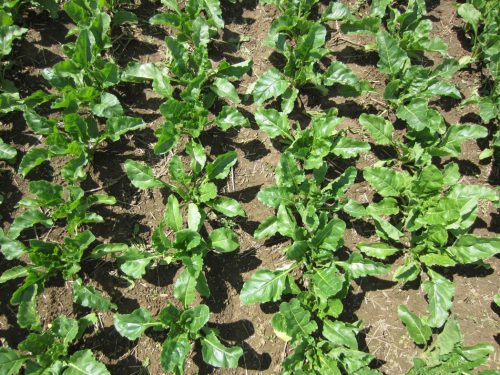
There will be a mandatory strong stewardship requirement for farmers growing Conviso Smart sugarbeet in the UK which will have a purple inner to the seed pellet, the outer colour of the seed pellet denoting the breeder.
• The location of all beet varieties on the farm must be recorded.
• Spray conventional varieties before Conviso Smart varieties.
• Clean out sprayer tank after spraying Conviso One on the Conviso Smart varieties.
• All bolters must be pulled before the seed is viable and multiple sweeps of the field may be necessary.
• Alternative chemistry and cultural control methods should be incorporated across the rotation to guard against the development of resistance.
• Any instance of poor efficacy must be investigated.
The seed and herbicide will be available as a package from Agrii, Frontier, Hutchinsons and one other distributor and in the event of a need to re-drill KWS have undertaken to provide more seed at 50% cost. The seed will be processed by KWS and and comes with a choice of seed treatments. Initial efficacy reports suggest that field speedwell might be poorly controlled, requiring a sequential application of non-ALS chemistry. More
 |
A cure for the common cold? Researchers have found a new way of giving resistance to the common cold. Viruses need some components in the cells that they infect to be able to replicate and by using gene editing to prevent these components being made in the cell seems to halt the virus in its tracks, at least at the moment. However, can human cells function normally with one of its proteins missing? More. |
|---|---|
| New cloning system
Gene-editing can result in the incorporation of unwanted transgenes in the edited plants but now a system called Golden Braid results in the florescence of transgenes in dry seed. By removing the seeds that glow at the T2 stage, transgene-free plants can be obtained. More. |
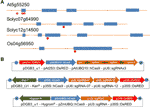 |
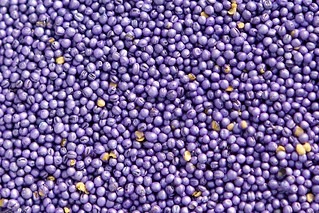 |
Fatter, oilier seeds
Researchers at John Innes have discovered that the UPL3 gene suppresses the size and oil content of oilseed rape. Plants with non-functioning UPL3 have seeds 10% heavier and this knowledge could help identify higher yielding varieties but growers already select lots of heavier seed when sowing rape. More. |
| Drought-resistant barley
Scientists at Heriot Watt University have linked the gene HvMYB1 to stress tolerance and drought resistance in cereals, particularly barley and this knowledge could help with the development of new more resistant varieties. More. |
 |
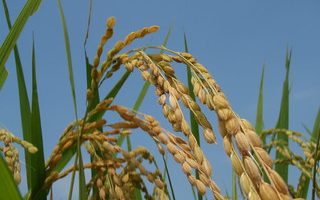 |
Iron tolerance in rice Rice will not grow well in soils with high concentrations of iron but researchers at the Salk Institute of Biological Sciences have discovered that specimens with the GSNOR gene are more able to tolerate the presence of iron. They have also noted that this gene seems to be involved in the regulation of nitrous oxide in the plants. More. |
| If not drought, then floods
Roots need oxygen to survive and prolonged flooding can kill the plants. Plants have a survival mechanism for this situation and the faster it is activated, the more likely they are to survive. Scientists at Utrecht University have discovered that this survival mechanism is triggered by ethylene. Boosting the genes that are responsible for ethylene production should produce plants that adapt to flood conditions quicker. More. |
 |
 |
Improved phosphorus capture
Water quality is adversely affected by high levels of leeched phosphorus from agricultural soils since it can trigger algal blooms. Now researchers at the Boyce Thompson Institute have identified the genes involved in phosphorus capture by plants and hope to use this information to develop crops with stronger phosphorus capture abilities. More. |
| Jumping Genes
Rider retrotransgenes are snippets of DNA code that can change their location in a genome and are therefore known as jumping genes. They are known to contribute to fruit shape and colour in tomatoes but have now been found in oilseed rape, beetroot and quinoa where they move location in response to stress factors. It is thought that they could be incorporated in to a form of speed breeding! More. |
 |
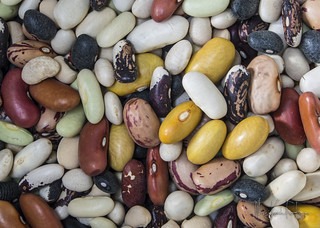 |
Improved disease resistance in beans
Angular leaf spot can reduce the yields of beans that are a staple food in many parts of the world. However, markers found in the few resistant varieties will make the selection of new resistant varieties much quicker. More. |
| Plant antibiotics
Maize produces its own antibiotic compounds in response to fungal attack and the six genes involved have been identified by a team at San Diego University. Not all maize varieties have this cocktail of defences and now the genes required are known, varietal selection can be more easily targeted at resistant lines. More. |
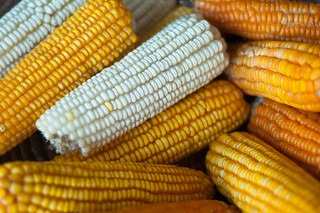 |
 |
Helical DNA bonds
The two strands of DNA that form the helical strand discovered by Crick and Watson were thought to be held together by hydrogen bonds but now a team at the Chalmers University of Technology in Sweden claim that it is actually hydrophobic bonds that hold it all together. More. |
THE LATEST ADDITIONS TO THE GM/BIOTECH DATABASE ARE:
• There are no new approvals of GM crops added to the database this month.
FOR INSTANT ACCESS TO GM BIOTECH MANUAL CLICK HERE (Registration required)
Already Registered? Click here to access

